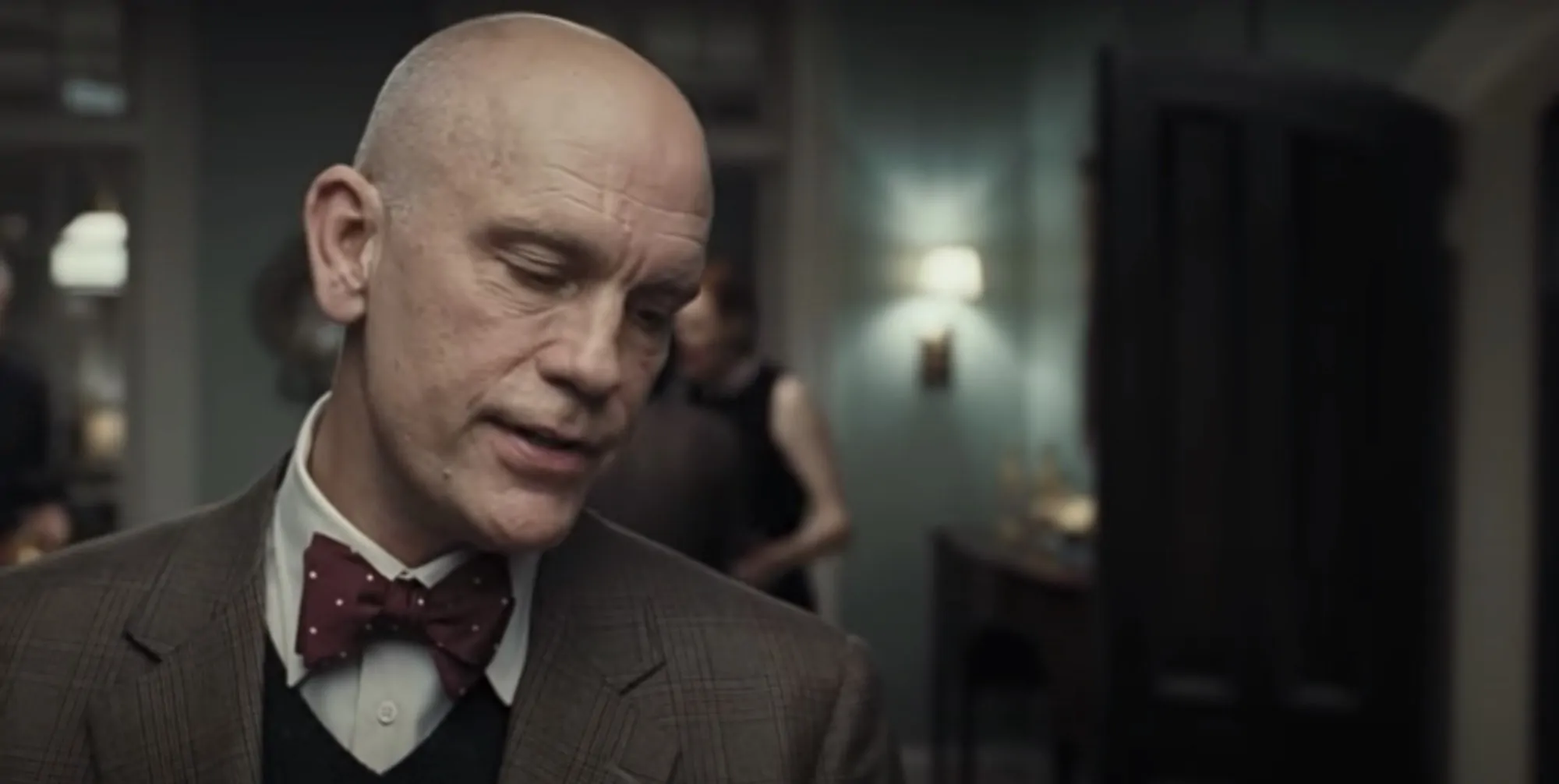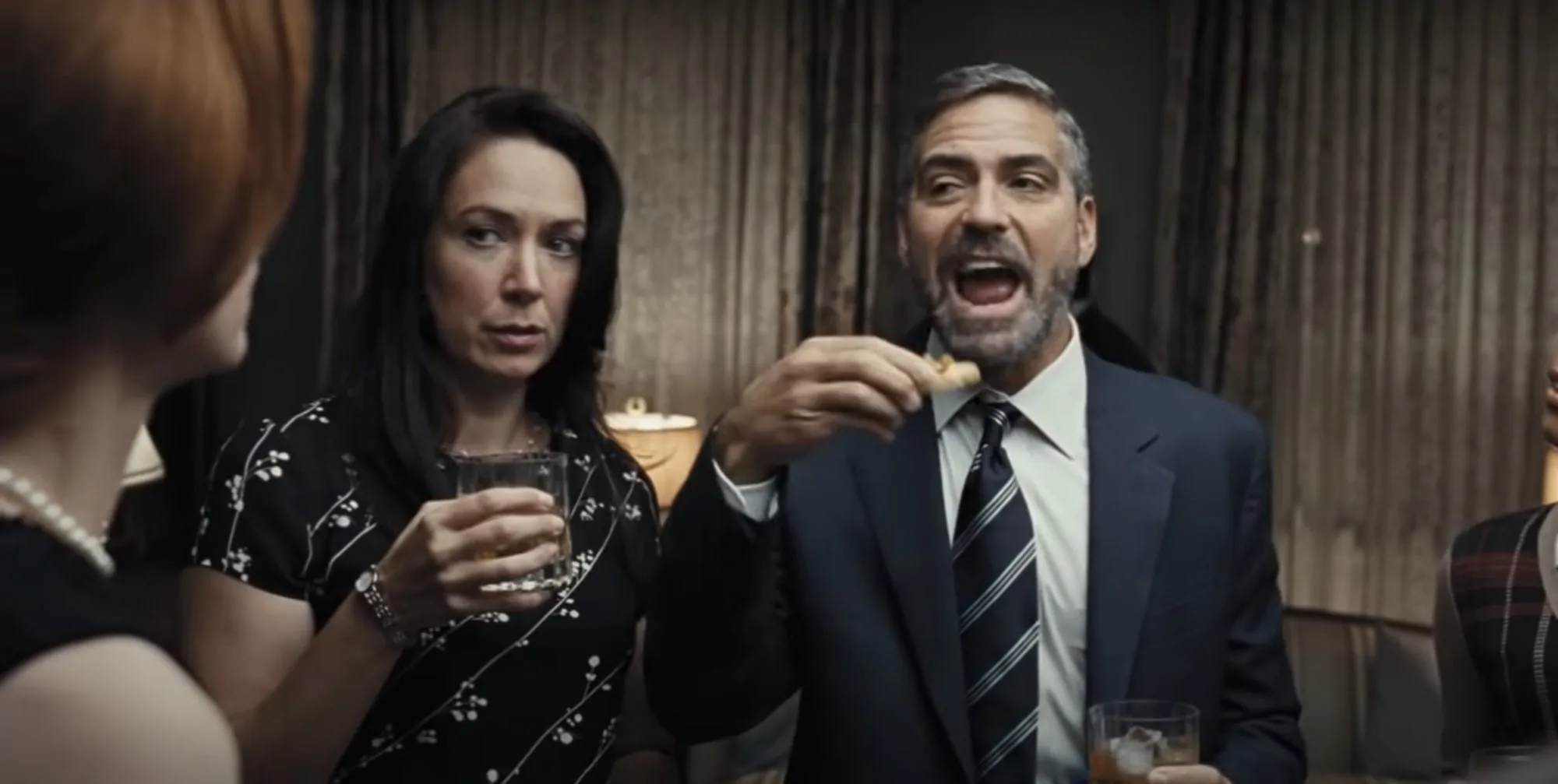Eyelines in film help you tell a professional visual story better than most directing techniques and film gear ever will. The very basics of crafting an effective scene begins with the eyeline match. This is a filmmaking technique that, when done correctly, should go completely unnoticed. Nonetheless, it is an incredibly important technique that all filmmakers should know and understand. A lack of attention to eyeline match can result in visible errors in an entire scene. In this article, we’ll answer, “What is eyeline match” and why it’s so important.
Eyeline Definition
What are eyelines in film?
Eyelines are determined by where an actor looks during a scene. They can help inform viewers of the scene's geography, as well as conveying actors' relationships and moods. Eyelines are also a powerful tool for telling a story through visuals and directing the eyes of the audience to portions of the frame.
Eyeline Match Techniques & Benefits:
- 180-Degree Rule
- Shot reverse shot
- Inform the scene’s geography
- Covey moods and relationships
- Help tell a visual story
Eyeline match in film
Why eyeline match is important
An eyeline match is a filmmaking and editing technique that informs the viewer to what the character sees. In a wide shot, we can see a character looking at a map, but if we show the character looking down in a close up, and then give a reverse view of a location in the next shot, it will convey to the viewer that said location is the character’s point of focus.
Eyeline matches are incredibly important for both actors and filmmakers to understand. It is a key part of continuity editing that maintains the illusion of a film and the consistency from shot to shot. Here is a quick visual demonstration of the eyeline match and why it is important in moving a scene forward while maintaining the audience’s attention.

Burn After Reading • Eyeline Match Example
An eyeline match can also show the eyelines between multiple actors within a scene. This becomes more difficult with each separate actor with their own respective shots. A poorly executed match will often make a scene seem unprofessional and take your viewer out of the story.
Beyond the standard dialogue scene, eyeline match is incredibly important for understanding where a character is looking at and what object or what person they are looking at.
Simple looks can be integral to the telling of a story. Audience’s need eyeline matches to be able to follow interactions between characters. Take for example, this iconic scene from Barry Lyndon, one of Stanley Kubrick’s best films.
Pay close attention to subtle movements in the eyelines of actors and how it helps create drama in the scene.
Barry Lyndon (1975) • Watch the eyelines
With so many people around the table and in the shot, eye line matches must be precise and consistent for the audience to follow who is interacting with whom. Executing complex scenes like this with precise eyeline matches takes technique and foresight, especially when you build a shot list.
This technique is a filmmaking guideline, which means ninety percent of the time you’ll want to follow it to the letter. But as with most filmmaking guidelines there are ways to use awkward eyelines to build suspense or create mood and tone that intentionally makes the viewer feel odd. Let’s take a look at a few techniques that will help your eyeline matches.
Related Posts
Eyeline match cut
How to build an eyeline match cut?
Below are a few tips for directing and editing that will help you compose shots with coherent eyelines and assemble effective eyeline match cuts:
Matching Shot Specs
Composing two separate shots with the same shot size, distance from the subject, focal length, horizon, and depth of field will give you the best chance to create an effective eyeline match cut. These can be close-ups, over the shoulder shots, or any other matching combination.
180-Degree Rule
Placing the camera on the same side of the 180-degree line will create a harmonious and coherent scene geography that is pleasing to the eye. Most scenes will benefit from adherence to the 180 degree rule.
To follow the 180-degree rule, filmmakers create an imaginary line between two subjects in a scene. Then they keep every camera setup on the same side of this line, within the same 180 degrees. Here's a breakdown of 180-degree rule and how it helps keep eyeline match shots consistent and legible.
180-Degree Rule • Subscribe on YouTube
Shot reverse shot
Shot reverse shot scenes utilize reaction shots to help drive a film’s narrative forward. Using eyeline matches for reaction shots in shot reverse shot sequences is crucial. They allow audiences to understand who or what a character is reacting to.
If an eyeline match is off, the audience may not understand what made them laugh or cry or get angry. Here’s our breakdown of the shot reverse shot and tips on how to shoot great reaction shots.
Reaction Shots • Subscribe on YouTube
Pair Actors in Shots
There will be times where you need to tell a story with multiple characters in a scene, and it is both inefficient and ultimately jarring to have separate shots and separate eyelines for each character in these scenes. Use two-shots and three-shots for a more manageable production and edit.
Vertical eyeline match
Eyeline matches do not only pertain to left or right. They also must be matched vertically. This is especially important when working with actors who are much taller than others.
A unique, but increasingly more common place eyeline match is becoming more important is in the world of VFX. Matching eyelines to characters that do not exist in the physical world is tough.
But this behind the scenes video of the VFX behind Avengers: Endgame explains how it's done and why it's so important.
Eyeline Match Shots in VFX
Eyeline match examples
Eyeline match example from the Coens
Take a look at this eyeline match cut example from Burn After Reading to see how the Coen Brothers composed their shots to create eyeline match and then later used eyeline match editing to create a coherent scene. Let's watch the scene first before we break it down, shot-by-shot.
Burn After Reading • Eyeline Match Example
Now that we've seen the scene, you can recognize how quickly the eyelines change throughout. Multiple, surface-level conversations seemingly happening at once, but there are also non-dialogue interactions happening in the eyes.
We put the scene into a StudioBinder storyboard so we can walk through this scene one shot at a time. Follow the image link below to explore the storyboard in greater detail.
Eyeline Match Cut • Shot List Made in StudioBinder
Ozzie’s eyeline in the opening shot establishes his view. Take notice that no one else is in the frame, and that Ozzie’s eyeline is aimed camera right.

Ozzie’s eyeline is camera right
When we cut to the next shot we see Harry. We now know that Ozzie is speaking to Harry. You will notice his eye-line is headed camera left, which means this scene is adhering to the 180-degree line rule. The scene geography is also helped by Ozzie’s shoulder in the frame.

Once Katie arrives we now have multiple eyelines that the Coens use to show areas of attention, reactions, and power dynamics within the scene.
The moment that Katie “steals” Harry’s attention, the Coens move the camera to the other side of Ozzie’s shoulders, but you’ll notice that Harry’s eyeline is still camera left.

It’s only once Katie motions to Doug that the camera pans right, and Harry’s eyeline shifts to camera right. While Harry and Doug are in the same shot we can see their eyelines at the same time, which is the easiest way to keep eyeline continuity but does not constitute an eyeline match.

It’s only once we cut to the next shot do we see Ozzie’s now shifted from camera right to camera left, and because we saw Doug in the previous shot we can now safely infer that Ozzie is speaking to Doug.
To study each individual eyeline in a scene may seem somewhat rudimentary, but most filmmakers will have overlooked eyelines at some point and learned the lesson the hard way.
Eyeline match is one of the most fundamental filmmaking techniques that every director and filmmaker must learn. It is not a stylistic choice, but rather a tool that helps keep an audience engaged in the reality of a film.
Breaking eyeline matches can distract and even disengage an audience, which no film benefits from. Understanding what eyeline matches are and the learning about the techniques you can utilize to maintain consistent eyeline matches will make you a better filmmaker and storyteller.
UP NEXT
Shot reverse shot
Now that you have a better idea of eyelines and eyeline match cuts why not continue learning about other important filmmaking techniques. Other often utilized techniques include reaction shots, cutaways and insert shots.
Up Next: Shot Reverse Shot →
Showcase your vision with elegant shot lists and storyboards.
Create robust and customizable shot lists. Upload images to make storyboards and slideshows.

